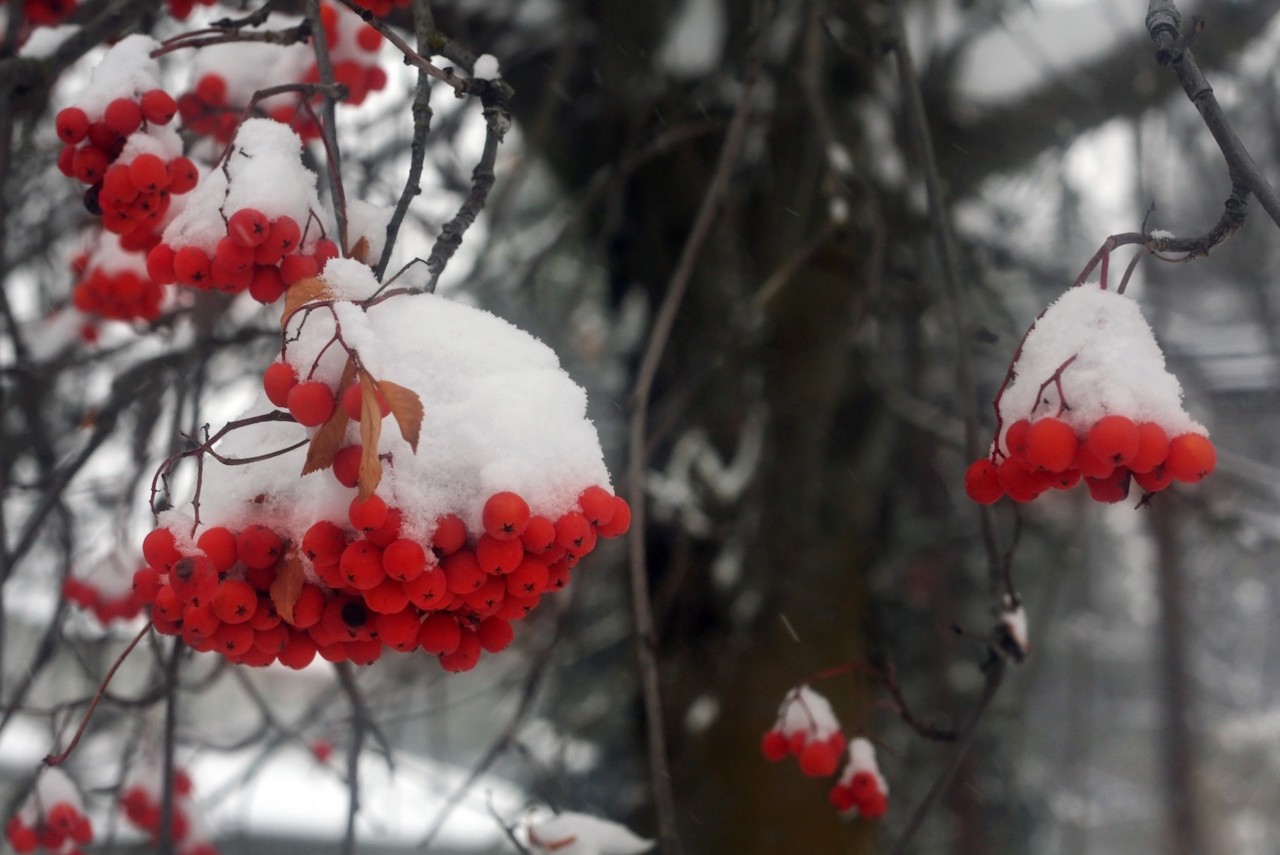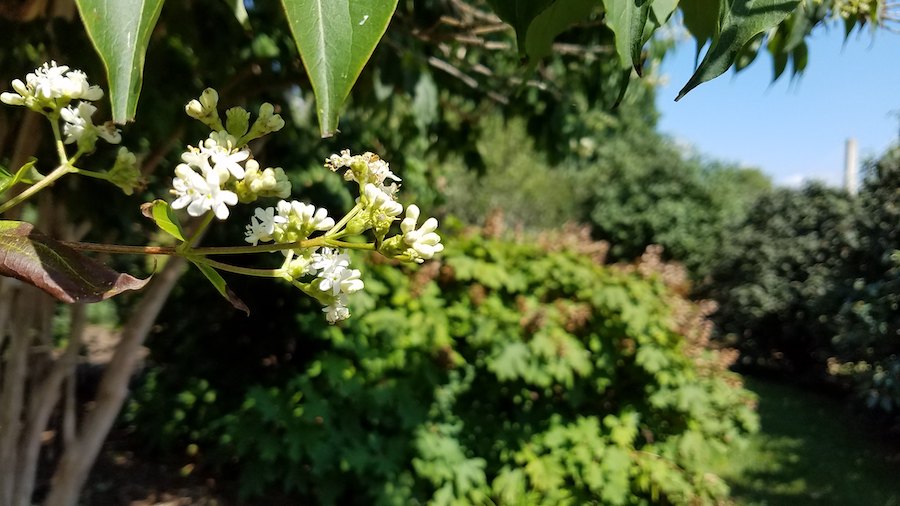
Taking photos of your front and back yards and then printing them out can give you a beginning to landscaping for four seasons in the Columbus area.
“I’m a visual person. By taking the photos, you can start growing ideas,” says Lori Swihart, program coordinator for the Master Gardener Volunteers, Ohio State University Extension-Licking County, Newark, Ohio.
When planning for all four seasons, remember you need height, color, and texture from plants, she says.
Getting Soil Tested

Trying to plan beauty and eye-catching areas of your yard from spring through winter first starts with testing a soil sample.
“In Ohio on the eastern side, much of the area has clay, and the soil is very hard,” Swihart says. “We have to amend this soil before we can plant anything there.”
The Licking County Extension Service accepts soil samples and sends them off to be completed. It takes about 10 days to get it back. The extension’s website explains how you get a good sampling of your soil and where to bring the sample.
“The results come back with user-friendly information. It tells you if you need to add or stop adding to the soil,” she says. “It tells you the pH and will even tell you if you have too much nitrogen. In Ohio, the state is split with the east having acidic soil, and on the west, more alkaline.”
Figuring Out What to Plant for the Seasons

It’s a staggering problem, but a good one. Columbus landscaping should involve discovering the growth and dormant seasons for plants, trees, and shrubs. Planning for their scattered growing and blooming patterns let you have a show of color, texture, and life year-round.
If you just moved into the home and don’t know what perennials have been planted for the seasons, sometimes you have to go through a season or two to see what pops up.
Swihart says understanding the Growing Degree Days (GDD) can help people decide what to plant and when it will bloom. The Ohio State University offers a Phenology Calendar showing when different plants are leafing, flowering and fruiting. You just put in your ZIP code and the date. It gives you a daily look at all the phenological events occurring in your area.
It shows for instance, when the magnolia will bloom on a certain degree day and when insects will come out.
Integrating Hardscapes
Pergolas, outside fireplaces or fire pits, water features, benches and more combined with shrubs, trees, and flowers can stagger function and beauty for all seasons. It sometimes adds a focal point, as well.
“When using hardscapes, you need to identify the area that you want to place something and how you want to use it,” Swihart says.
Will it be for family gatherings? Relaxing? Playing games? Visualize what you need and want.
Think about height, such as a pergola. They help with shade and a focal point. If you hope to plant a tree, decide whether its root system could impede anything going on and growing nearby (and avoid the worst trees for Columbus). Also think about lighting, seating, and colors that can add appeal all four seasons.
“It’s best to look at Pinterest and then talking with landscape designers at your local garden centers to get some ideas. Sometimes, those designers can visit your yard for free to talk about what could be done,” she adds.
Upping the Landscaping With Containers
Simple things can be added to the outside of your home in the front and back to add appeal from spring through winter.
“You can’t go wrong with container plants as long as it’s plastic,” she says.
As with plants, some containers winter well, others don’t. Your classic terra cotta clay containers, for example, will burst after repeated freezes and thaws. With a sturdy container, you can even plant a tree in it. Use two of them to flank the end of a walkway or the front door to highlight it.
“Remember everything looks better with odd numbers if you want to make it look visually appealing unless you are flanking something,” she adds.
In the winter, use smaller shrubs or even a smaller Japanese maple in the containers. The maple has many leaf colors so it makes it eye-popping.
Choosing Low Maintenance
When using containers or raised beds, things become easier when it comes to weeding.
“Consider what kind of gardener are you: Do you want to spend time in the garden? Or would you prefer the beauty but not the time to go and work in it?” Swihart says.
Having raised beds also helps with less compacted soil because no one is stepping on it. And in smaller spaces, the plants shade each other allowing for less germination of weeds, she adds.
Talk to a Columbus landscaping expert if you need help selecting plants for your landscape. LawnStarter can connect you with passionate lawn care and landscaping pros with helpful advice.